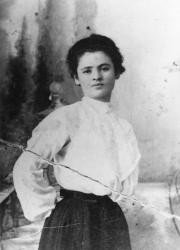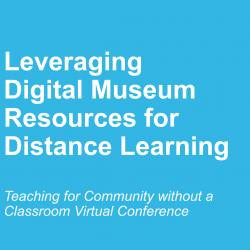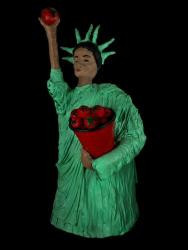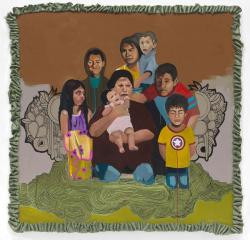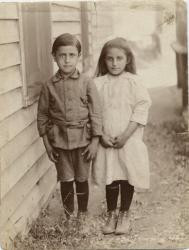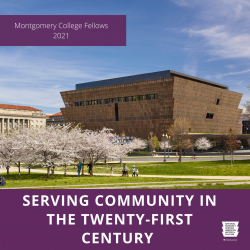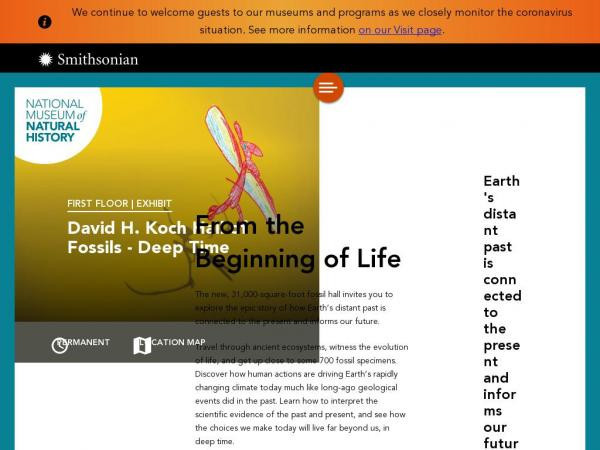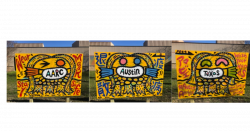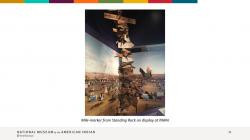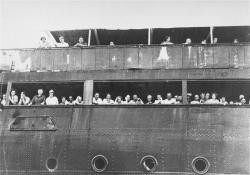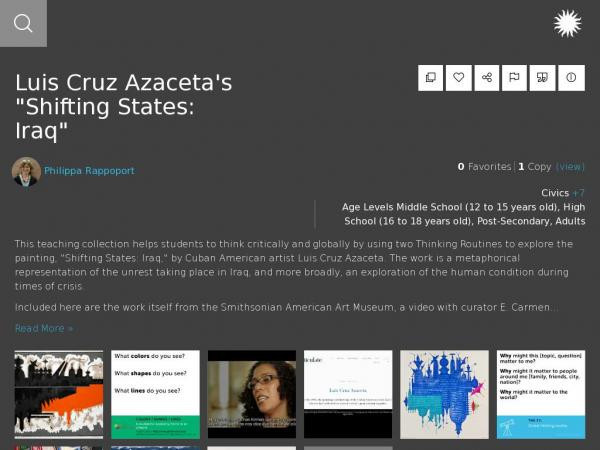Philippa Rappoport
I work in education and engagement, teacher professional development, and outreach at the Smithsonian Office of Educational Technology (OET), and have a particular interest in developing and producing trainings, programs, teaching techniques, and platforms that foster deep learning and contribute knowledge to improve practices in museum and preK-16 education and engagement. At OET over the last decade+, I created digital assets for schools, families, and new immigrant English Language learners to complement teacher professional development and pan-Smithsonian programming, including Learning Lab teaching collections, YouTube videos with tradition bearers, a handmade family stories book-making website, and online heritage tours.
Philippa Rappoport's collections
Activism and Change: Clara Lemlich and the New York Shirtwaist Strike of 1909
 Philippa Rappoport
Philippa Rappoport
Teaching for Community without a Classroom: Leveraging Digital Museum Resources for Distance Learning
 Philippa Rappoport
Philippa Rappoport
A Fusion of Culture and Identity: Joe Bataan’s Latin Boogaloo Music
 Philippa Rappoport
Philippa Rappoport
Unsettled Nature: Art and Science as Argument
 Philippa Rappoport
Philippa Rappoport
Exploring the History of Rice Cultivation in the United States
 Philippa Rappoport
Philippa Rappoport
Interpreting Content from the Smithsonian Transcription Center: Oral Interviews from the Faris and Yamma Naff Arab American Collection
 Philippa Rappoport
Philippa Rappoport
Deep Time
 Philippa Rappoport
Philippa Rappoport
Introductory Activity to Generate Discussion about Ethnic Studies and Digital Museum Resources (#EthnicStudiesY2)
 Philippa Rappoport
Philippa Rappoport
American Indian Responses to Environmental Challenges
 Philippa Rappoport
Philippa Rappoport
(Re)Imagining Youth Engagement: National Museum of the American Indian
 Philippa Rappoport
Philippa Rappoport
Asian Pacific American Heritage Month Family Day: Performances, Demonstrations, Interviews
 Philippa Rappoport
Philippa Rappoport
Training Workshop for NJ Arts Integration and Cultural Competency Project
 Philippa Rappoport
Philippa Rappoport

